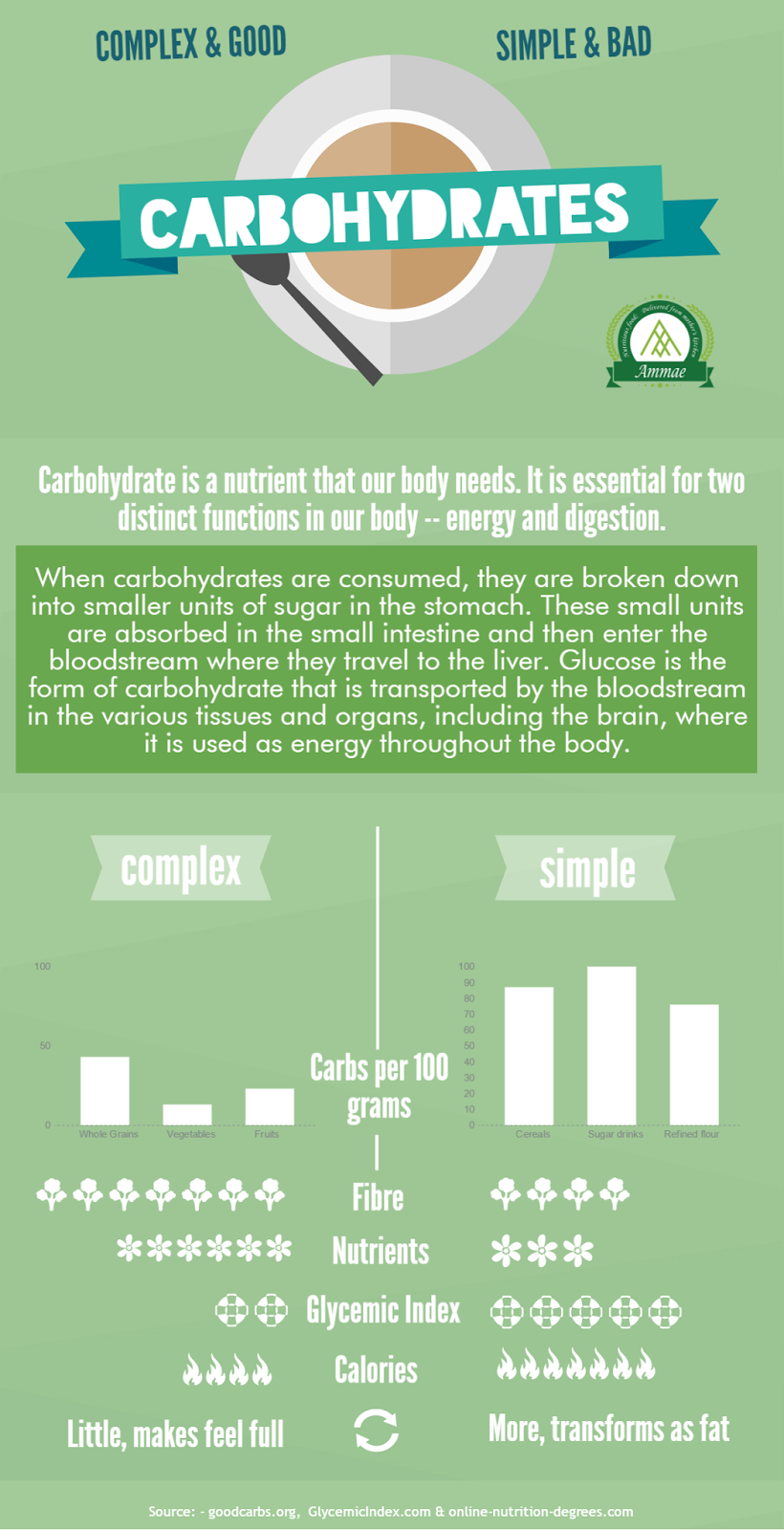Amaranth are gluten-free and high in protein, fiber, minerals, and antioxidants. Cook amaranth seeds as porridge, popped like popcorn, or added to salads, soups, and baked goods.
What is Amaranth?
Amaranth is not a grain like quinoa or millet. Amaranth seeds are pseudocereal, meaning that they are not true cereal grains. but due to this seed's nutritional profile and its usage in casual cuisines, it is a grain. They have a nutty flavor and a crunchy texture. Amaranth seeds are superfoods due to their many health benefits.
One plant can produce up to 60,000 seeds. It is grown and consumed as a leafy vegetable in many countries around the world.
Amaranth, An ancient Grain
The word "amaranth" comes from the Greek "amaranths", meaning "unfading" or "immortal". This reflects the resilience and longevity of the plant. As well as its cultural significance. Amaranth is the common name for more than 60 different species of Amaranthus. They are usually very tall plants with broad green leaves and bright purple, red, or gold flowers. They are grown for their edible seeds.
Amaranth seeds were first domesticated in Mesoamerica. It was a staple food for the Aztecs and Mayans. They used them for protein, energy, and ceremonial purposes. The Spanish colonizers tried to ban amaranth cultivation. They saw it as a threat to their religious and political dominance. Yet, some farmers continued to grow amaranth in secret. They preserved its genetic diversity and cultural heritage. They use it for medicinal purposes, like treating ulcers, inflammation, and high cholesterol.
In today's lifestyle
Today, amaranth seeds are gaining popularity in the Western world. More people are looking for gluten-free, high-protein, and nutrient-dense alternatives. Amaranth seeds are a potential crop to feed the world's growing population. They can produce high yields with low inputs and environmental impact.
Amaranth is Nutritious & Tasty
One plant can produce up to 60,000 seeds. It is grown and consumed as a leafy vegetable in many countries around the world. Amaranth is, easy to cook, and palatable. It's also used in snacks and dishes. Cooked amaranth is 90% digestible. Amaranth has a nutty flavor that can complement both sweet and savory dishes.
Amaranth seeds are not only delicious but also nutritious. Amaranth contains more than three times the average amount of calcium. It is also high in iron, magnesium, phosphorus, and potassium. It’s the only grain that contains Vitamin C.
One cup of cooked amaranth seeds provides about
- 250 calories,
- 9 grams of protein,
- 5 grams of fiber,
- 5 grams of iron,
- 105 milligrams of calcium,
- 160 milligrams of magnesium,
- 364 milligrams of phosphorus, and
- 2 milligrams of manganese.
Amaranth is rich in lysine. Most grains like wheat are short on lysine, an amino acid. This makes amaranth a complete protein as it contains all the essential amino acids. Amaranth is gluten-free and good for your heart. Amaranth has shown potential as a cholesterol-lowering whole grain.
Nutrients in amaranth & health benefits
Good for muscle growth and repair
Amaranth seeds are a complete protein source. They contain all nine essential amino acids that our body cannot produce on its own. Protein is essential for building and maintaining muscle mass. It is also required for other functions of the body.
Helps in digestion and weight management
Amaranth seeds are rich in fiber. This can help regulate bowel movements and prevent constipation. It lowers cholesterol levels and keeps you feeling full for longer. Fiber can also help control blood sugar levels and reduce the risk of diabetes.
Improves bone health
Amaranth seeds are a good source of calcium, magnesium, phosphorus, and manganese. These are all important minerals for bone health. They can help prevent osteoporosis, fractures, and other bone-related disorders.
Enhances cognitive function
Amaranth seeds contain manganese. It is a trace element that plays a role in brain function. Manganese can help improve memory, learning, mood, and mental health.
Has antioxidant property
Amaranth seeds contain phytochemicals that have antioxidant properties. Antioxidants can help protect our cells from oxidative stress and damage. They can also help prevent chronic diseases such as cancer, cardiovascular disease. It also cures neurodegenerative disorders.
Amaranth, Simple recipes
Cooked whole:
You can cook amaranth seeds like rice or quinoa by boiling them in water or broth until they are soft and fluffy. You can then use them as a side dish or add them to salads, soups, stews, casseroles, or stir-fries.
Popped:
You can pop amaranth seeds like popcorn by heating them in a dry skillet over high heat until they pop. You can then season them with salt or spices and enjoy them as a snack or sprinkle them over yogurt or oatmeal.
Flour:
You can grind amaranth seeds into flour using a blender or a coffee grinder. You can then use amaranth flour to make bread.
In fact, amaranth porridge is a traditional breakfast in India, Peru, Mexico, and Nepal.
In conclusion
Amaranth seeds are versatile and we can use them in many ways. They are also easy to prepare and cook in various ways. Amaranth porridge, which is a great option for breakfast. It is a famous leafy vegetable in South India.
Amaranth in other languages
Rajgeera (Hindi), Rajgiri (Kannada, Konkani, Sanskrit), Mulaikeerai (Tamil), thotakoora (Telugu). The Hindi name for amaranth, rajgeera, means “the king’s grain.” Its other name, ramdana, means “God’s own grain.”


